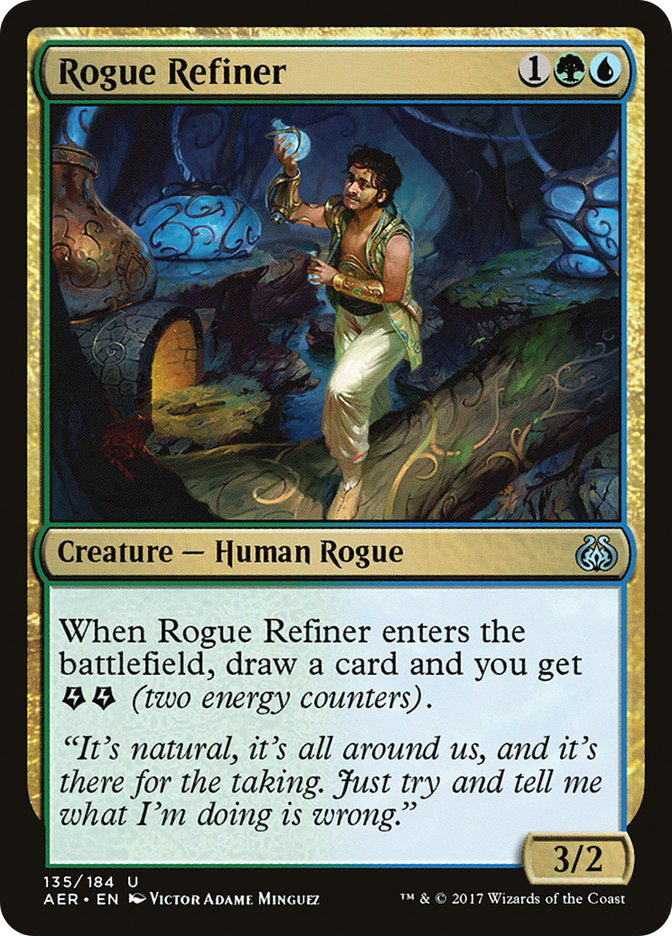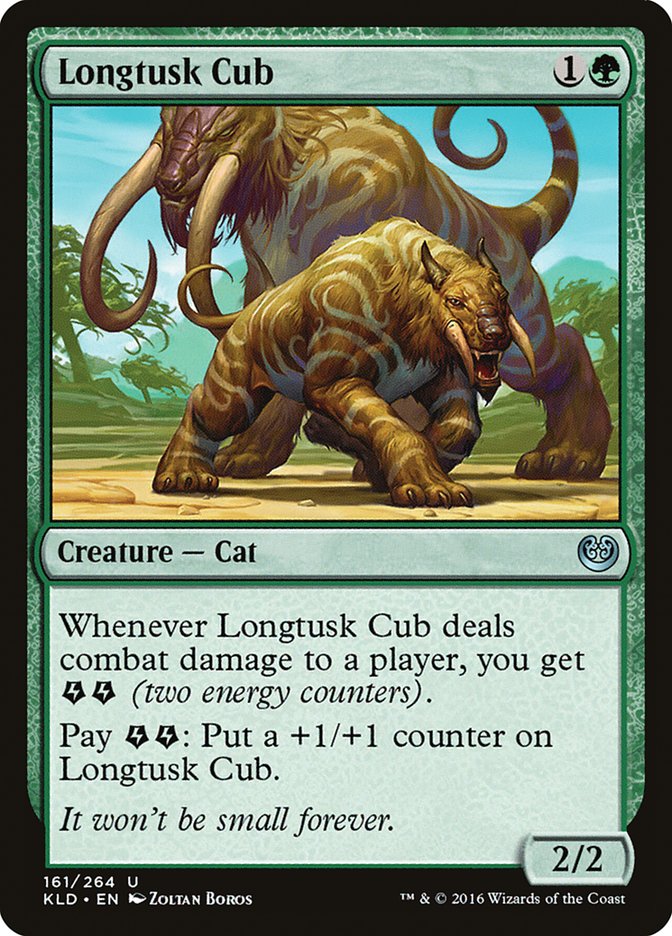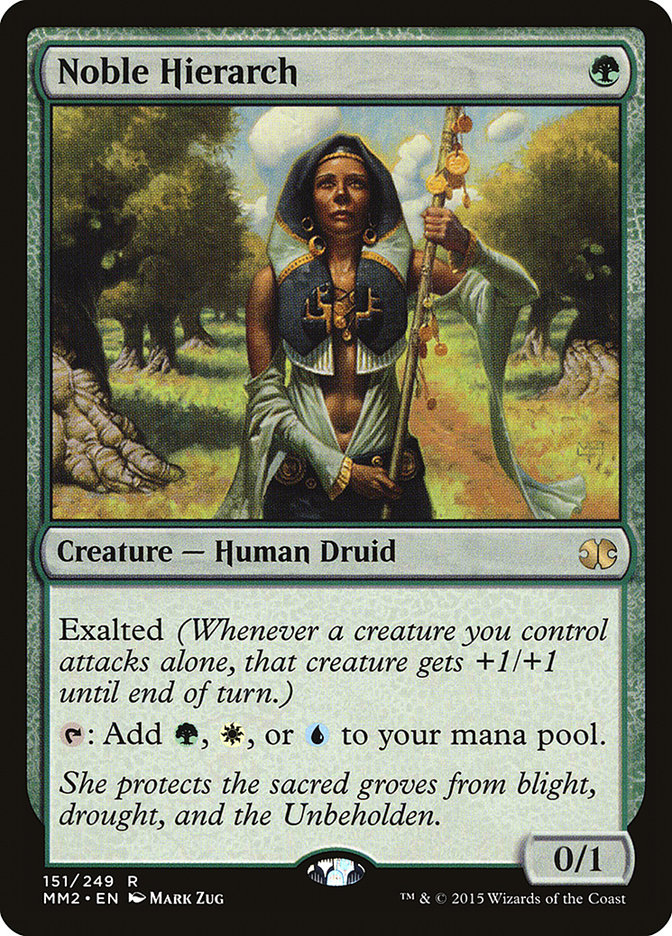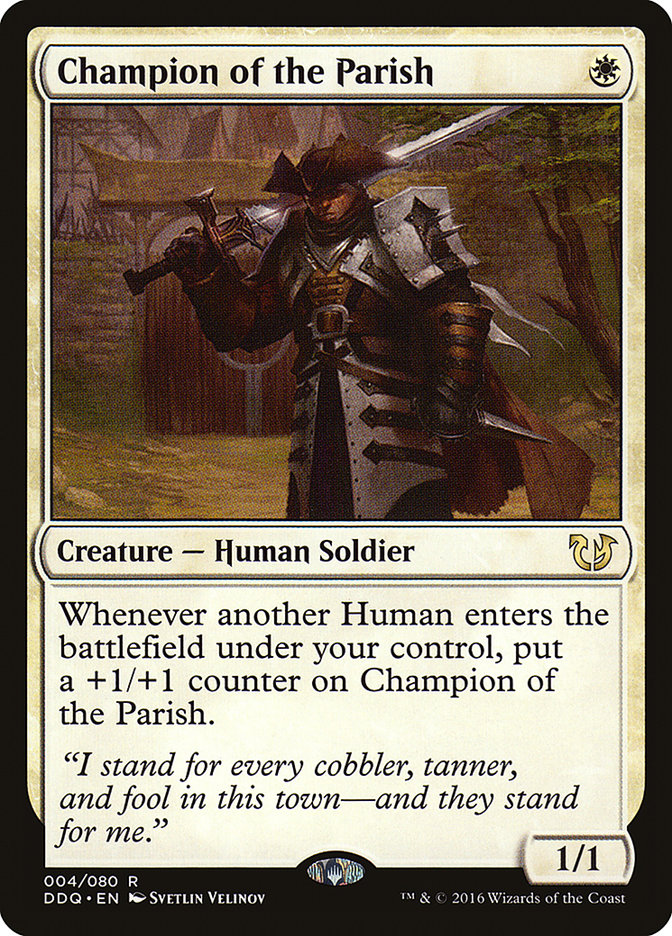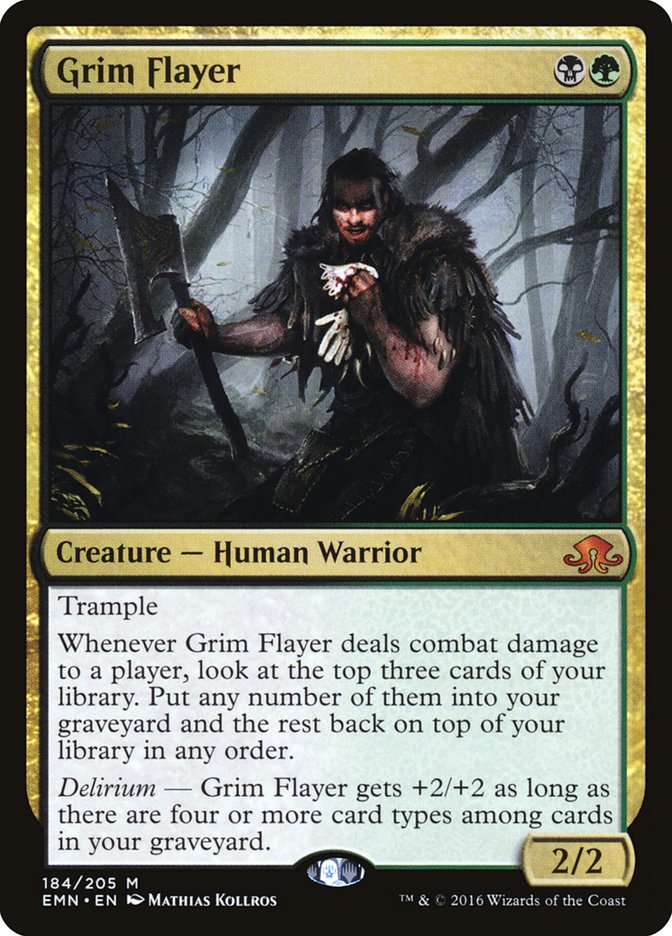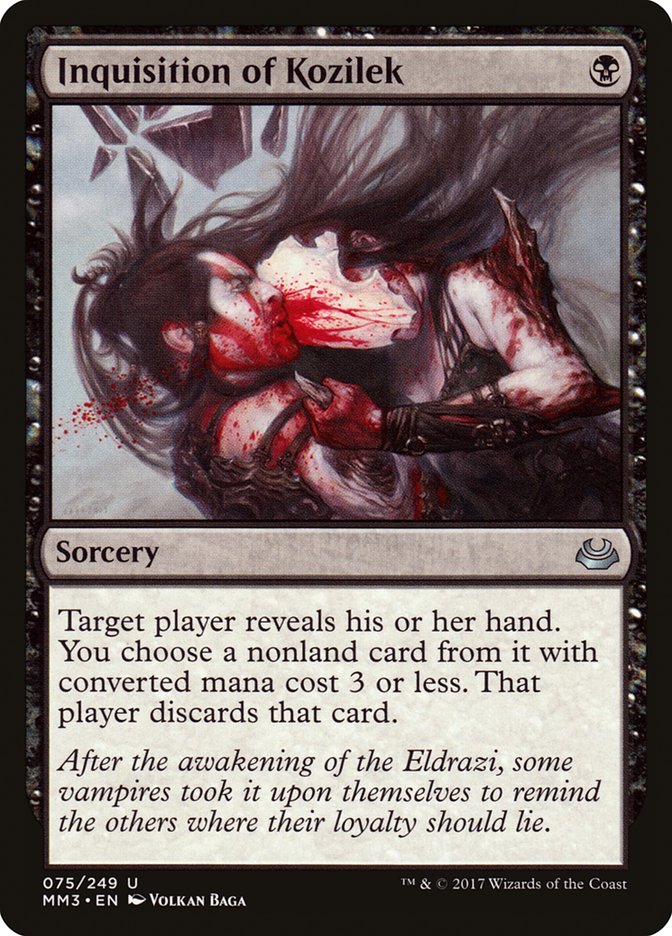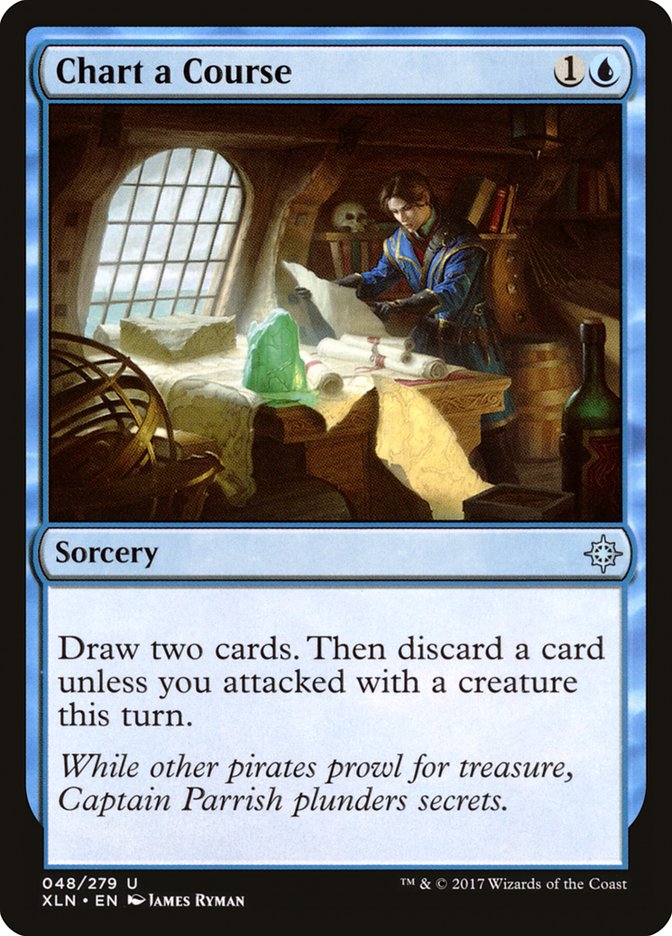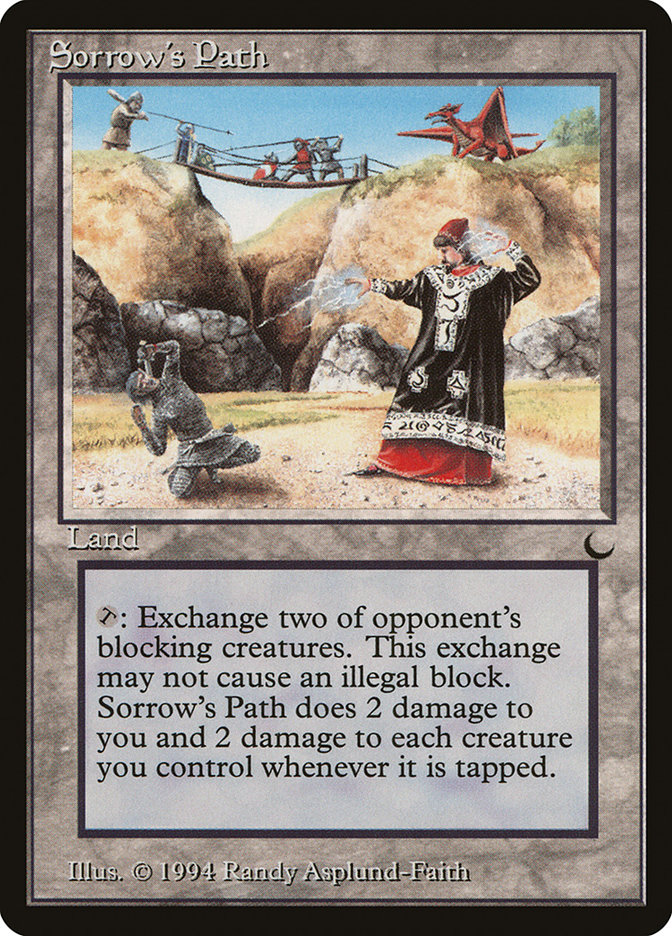You have a Rogue Refiner. Your opponent has an untapped Longtusk Cub with two +1/+1 counters on it. Do you attack?
If your answer was that you need more information, you are, of course, right. But what if you had all the information your heart could desire? You’re at fifteen, they’re at twelve. You have no cards in hand, they have three, one of which you suspect is a Glorybringer. There’s nothing else on the battlefield. Do you attack?
Okay, but now you’re at twelve. You’re at four. You’re at five. They’re at eighteen, six, nine. You have six cards in hand, you have no cards in hand. The battlefield is crowded. You run Blossoming Defense. You don’t run Blossoming Defense. It’s early-game. It’s mid-game. It’s late-game. Do you attack?
Some Magic players believe that in every given scenario in a game of Magic, there exists an objectively right play. I am not one of them.
Well, it’s more fair to say that I am not one of them in practice. As a point of philosophy, I agree that in every scenario there exists a play that is at least slightly better than all of the other possible plays. I just don’t believe that it’s practical to figure out which play that is most of the time. This ends up meaning that I treat a whole range of plays as being the best play in most spots.
Of course, that doesn’t mean that every play is right, or even defensible. There are all sorts of blunders you can make that are unequivocally wrong. For instance, if you intend on casting both Champion of the Parish and Noble Hierarch on a single turn in your Humans deck, you should probably cast the Champion first. Sure, there are weird scenarios where you don’t want the +1/+1 counter, but when you’re not in one of them, casting the Hierarch first is wrong, flat and simple.
But other plays are more complicated than true errors. Is deploying your Tarmogoyf early worth risking it dying to Lightning Bolt before the graveyards fill up? Do you want to trade your 2/2 for their 3/2 when you’re slightly behind on a complicated battlefield? Should you make that bluff attack into their strategically important blocker?
Sometimes, questions like these will have clear-cut answers. Other times, they won’t. That’s good, as if they always had an easy answer, I doubt Magic would be anywhere near as popular as it is. The difficulty of playing this game well is a large part of why I and many others are attracted to it.
The problem of selecting the best play from a sea of good plays is the heart of Magic. I don’t believe that there is necessarily always a right answer, but that doesn’t at all mean I think you can just pick one of the good plays at random and expect good results. I don’t have a tried and true method of picking the best play to share, but I do have some food for thought:
Stop thinking about plays in isolation.
Consistency Is Key
We discuss Magic plays as if they were self-contained entities, as if being told the battlefield state, the life totals, the cards the hero has in hand, the number of cards the villain has in hand, how late in the game it is, and any other relevant factors are enough to arrive at a definitive answer. But Magic plays don’t exist in a vacuum.
Like many of us, I like to spectate my friends matches when I’m between rounds at a tournament. When I have a disagreement with a play they made that isn’t simply a clear error, the conversation is never about just that single play.
We start with the play I have a problem with, sure. But then they’ll explain their reasoning. If their reasoning doesn’t convince me, I won’t just argue over that single play. Instead, I’ll point to other plays they made that I don’t think meshed with the original play. Sure, the original reasoning may have been sound, but then we should have done X that other time. Stuff like that.
Calling Magic lines “consistent” is one of the highest compliments I can pay. When you choose play X over play Y, you should be aware of the pros and cons of X and Y. Later, when confronted with a choice between play A and play B, you should pick the one that complements play X, the decision you already made. Let’s look at an example.
You’re playing Abzan Traverse against U/R Gifts Storm. On Turn 1, you cast a Thoughtseize and discarded a Baral, Chief of Compliance from a strong Storm hand. They pass to you, leaving mana up to cast an Opt you know about, and you now have to choose between deploying Grim Flayer and Tarmogoyf on your second turn. You have three card types in your graveyard: a fetchland, the Thoughtseize, and a Mishra’s Bauble. Because of their Opt and Baral, Tarmogoyf would be a 5/6, while Grim Flayer is only a 2/2. Your hand isn’t interactive, consisting only of lands, threats, and Traverse the Ulvenwald. Which two-drop do you cast?
There’s a good case for both plays. The Tarmogoyf is the faster clock by a lot and might let you sneak out a win by killing them before they can go off. Casting the Grim Flayer eliminates the possibility of winning before they go off, but it is your best chance to find the interaction you need to stop them from getting to that point. This is a spot where I don’t think you can say one play is clearly better than the other.
Let’s say your playtesting has determined that one discard spell doesn’t slow Storm down enough for a Turn 2 five-power Tarmogoyf to win you the game. As such, you deploy the Grim Flayer, looking to filter into more interaction. Great.
On Turn 3, your only viable option is to play a tapped land and cast the Tarmogoyf. But your Grim Flayer hit is good, and you get to put a Thoughtseize on top of your deck for next turn. As you go to your next turn, though, you realize that Traversing for a second Tarmogoyf would give you lethal next turn and decide to go for that instead of casting the Thoughtseize.
Uh-oh.The issue isn’t that playing the second Tarmogoyf is a clearly wrong play, as the choice between Traversing for Tarmogoyf and casting Thoughtseize is another instance of a choice between two good plays. It’s that our choice doesn’t mesh with the other choice we made this game.
Casting the Grim Flayer on Turn 2 was a decision to prioritize interaction over a fast clock. Deploying a second Tarmogoyf on Turn 4 was a decision to prioritize a fast clock over interaction. Trying to prioritize two things means you effectively prioritize nothing. Ideally, you want all your plays to point in the same direction.
Of course, this doesn’t mean that the choice to play the Tarmogoyf on Turn 4 was wrong. When reviewing the game afterwards, you may decide that the error was deploying the Grim Flayer on Turn 2 over a Tarmogoyf. The choice you made first doesn’t always have to be the right one, but when you make that first choice, you should be thinking about all the similar choices that will be in front of you in the future, not just the next one.
Knowledge Is the Seed
Typically, there will be some kernel of knowledge that guides these choices. Your Thoughtseize revealed a hand that was capable of killing Turn 4 no matter what you took, and your fastest possible clock can’t kill until Turn 5. Given these two constraints, it made sense to choose the line that aims to find interaction, since a fast clock won’t win you the game.
But suppose your Thoughtseize revealed a weak hand that taking a card from absolutely wrecks. In this case, it makes a lot more sense to cast the Tarmogoyf. You are seeking to win the game before they draw out of their bad hand and want to push ahead with the fastest clock you can muster.
Both of these have been examples of in-game knowledge determining your play, but the knowledge that guides your path doesn’t have to come from within the game. Let’s say your Thoughtseize revealed a hand that consisted mostly of cheap cantrips. You have no way of knowing how strong or weak their hand is at this point, and you don’t know whether you are staring down a Turn 4 kill or not.
But you are a well-prepared Magic player and have tested this matchup extensively. You know that in spots like this, the Storm player is about 50/50 to find a kill by Turn 4, but that their Turn 5 odds are very high. Deploying your Tarmogoyf on Turn 2 lets you manage your own Turn 5 kill a half-turn ahead of theirs, so you take the aggressive line.
Other times you will select lines, not because of knowledge you’ve gained in game or your extensive playtesting, but because of something you think you know; in other words, a read. Suppose you’ve gleaned from your opponent’s mannerisms and plays thus far that they are holding a Fatal Push in their hand.
To play around it, you decide to hold your critical three-drop until a stage in the game where they will have likely played out their fetchlands and will have a difficult time triggering revolt. Or maybe you simply prioritize noncreature plays and remove their threats and cast planeswalkers until a turn where they don’t have black mana up.
To keep your plays consistent with this line, you need to keep playing around that Fatal Push or whatever other card you think they have. Playing into a card you played around last turn can often be more damaging than just playing into it in the first place. Unless you have a legitimate reason to believe you were wrong about that original read, you should stay the course.
Course Changes Should Be Abrupt
Sometimes you will realize that the course you have selected is not correct. It happens; we all make mistakes. Maybe you did the math wrong and thought your clock was a turn faster than it was. Maybe you drew a one-of that dramatically changed the calculus. Regardless of why you find yourself regretting your earlier decision, you now need to decide if you’re going to do anything about that regret.
The easiest mistake to make in these spots is to think about what the game would look like if you had made that earlier decision differently. Don’t do this. It doesn’t matter, because you didn’t make that decision. Switching gears now and going for the aggressive line isn’t going to make the game look like it would have had you done something else several turns ago. You need to think about what changing course now will do, not what it would have done in the past.
The opposite of that mistake is to stubbornly cling to the original decision as the reasons to switch pile up. It’s true that, if you switch, you’ll find yourself in a spot that’s worse than the spot you would have been in had you been on the new plan from the beginning. But that doesn’t mean that it’s a spot worse than the one you’ll be in if you fail to change directions now. This is a version of the sunk cost fallacy. You need to compare the reality you are in to the reality you will be in if you switch, leaving behind what might have been.
Going back to our Abzan Traverse example, maybe on Turn 4 when you draw that Thoughtseize, you realize that one piece of discard is very unlikely to stop the Storm deck from comboing you on the next turn. You lose to Past in Flames whether you take it or not, and they probably have two discount creatures ready to go. Given the fact that one more piece of discard wouldn’t be good enough, you should have cast the Tarmogoyf on Turn 2. But you didn’t, and it’s still right to play a second Tarmogoyf on Turn 4 despite messing that up two turns ago. Your plays don’t align, but you realized the alignment you were heading for was no good.
Once you get past these errors of lamenting the past or stubbornly sticking to it, the next most frequent problem is being scared of making a mistake. After all, to be in this spot at all, you must have decided that you made a mistake on a previous turn. Given the reality of having made a mistake, it’s easy to be scared of making another. This leads to selecting plays that are hedges between the old course and the new one you know to be right.
This is dangerous, and for the same reasons that you should blink as soon as possible when you need to. The longer you wait, the more damage will be done.
In the case of changing courses, you can think of it as wasting time. You should have been on this other plan from the get-go, but you weren’t. You wasted a few turns of time, and now you have a chance to get going in the right direction again. You need to take that opportunity as soon as possible and stop wasting time before it’s too late.


